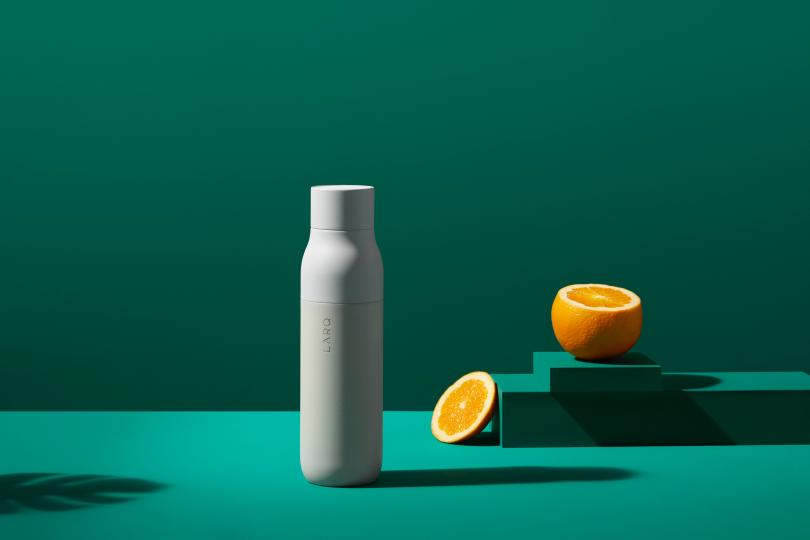Package Design
12 tips for the package design process
Published
4 years agoon
By
dariadddd
Speaking about the packaging of any product, you can compare it with the cover of the book: although the most important thing is inside, the external is also of great importance. And first of all, you can attract the attention of a potential buyer thanks to the original design. And not just to attract, but also to force one to hold one’s gaze on a particular unit a little longer than on neighboring packages from the window, evoking the corresponding emotions. And this is exactly what every manufacturer strives for.
About the Development of Packaging
Clay vessels and glass bottles were used as the first packages known in the world. They primarily performed the role of storing and moving their contents. But they had one significant drawback – they were distinguished by increased fragility.
Currently, technological progress allows the creation of durable containers for the storage and transportation of certain products. With the help of packaging, not only the safety and protection of goods from damage are ensured, but also the task of packaging the goods , marketing and information functions is performed. The aesthetic effect of the impact on the consumer is also achieved.
Classifications of Packaging Design
Before moving on to the details of the competent packaging process, it is worthwhile to dwell on its types. The fact is that we are used to understand packaging as a container or a wrapper under which the product itself is located in the store.
However, there are actually two more varieties of packaging:
-
one that serves to move products to sales facilities and store them until unpacking (boxes, etc.);
Advertisement -
containers for transportation, trucks and other types of vehicles transporting packaging of the second type.
12 Tips to Keep in Mind
-
First, study the characteristics of the target audience for which the product is designed (gender, age, level of education and income, etc.).
-
Choosing the color of future packaging, take into account the purpose of the product and its positioning. For example, emphasize the reliability and status of the product by using black in the design of the wrapper. If we are talking about the design of the beauty packaging of an eco-product, prefer to use green, which is associated with naturalness among consumers.
-
After analyzing the packaging of competitive products, try to highlight your own against their background. For example, add a little in the size of the package in height or width, take into account the permissible parameters for placement on store shelves.
-
Make the font of the inscriptions on the packaging readable and appropriate for the selected combination of colors. Use various symbols from elements of the corporate identity to improve brand recognition.
-
Add a message to the packaging about the unique properties of the product.
Advertisement -
Turn a simple-looking package into a more interesting one for the eyes by using images.
-
Use a variety of patterns to design the package, so that it becomes more expressive and serves as the difference between various products in one product line.
-
If necessary, add sophistication to the packaging in the form of additional parts: fabric or paper materials with the logo of the manufacturer, etc.
-
For the advantageous presentation of goods in gift wrapping, use the principle of layering when developing its design.
-
Think over the convenience of using the packaging by the consumer, in particular, its opening and closing due to the presence of special marking lines, latches and other things.
-
It will not be superfluous to work on the texture of the package, providing a pleasant tactile sensation when you touch it. Especially it will have an effect among blind people.
Advertisement -
So in order to be in the trend, it is worth choosing one of the environmentally friendly materials or the manufacture of the developed packaging.
Editorial Note: This post was shared by a member of the BXP magazine community using our Community Voice tool.
Our website community uses the tool to post articles, thought-leadership reports and analyses, white papers, case studies, blog entries and op-eds, press releases and events about brand and package design or marketing. These posts are vetted and edited by our editorial staff for editorial relevance and decorum for branding, design, marketing and package design professionals. Approved and edited content then lives side-by-side with other editorial content. Overtly promotional content is not accepted, but we do have advertising options available for those interested in promoting their services or products.
Do you want to become a contributing author to the BXP website? Click here to learn how you can become a contributing member of the BXP Magazine community.

SPONSORED VIDEO
Branding with Ferocity – Thinking Like an Indie Brand
Get a better understanding on how to leverage new technologies to engage and delight shoppers, sustainability’s role in product and package design – being sustainable and premium are not mutually exclusive, plus best practices and tips for collaboration and how to launch new products and refresh existing product line-ups and brands.
You may like
Advertisement
Subscribe

BULLETINS
Get the most important news and business
ideas from BXP Magazine's news bulletin.
Advertisement







